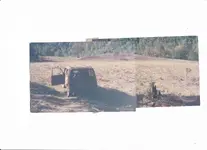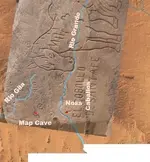somehiker
Silver Member
- Joined
- May 1, 2007
- Messages
- 4,365
- Reaction score
- 6,435
- Golden Thread
- 0
- Primary Interest:
- All Treasure Hunting
The four satellites from which GE obtains imagery are located from 423-478 miles above the earth's surface.
Aerial mapping and reconnaissance (spy) photos are often taken from altitudes up to 70,000 ft. +.
U2 and SR71 for example.
Aerial mapping and reconnaissance (spy) photos are often taken from altitudes up to 70,000 ft. +.
U2 and SR71 for example.


 like the old Santa Fe trail??
like the old Santa Fe trail??

